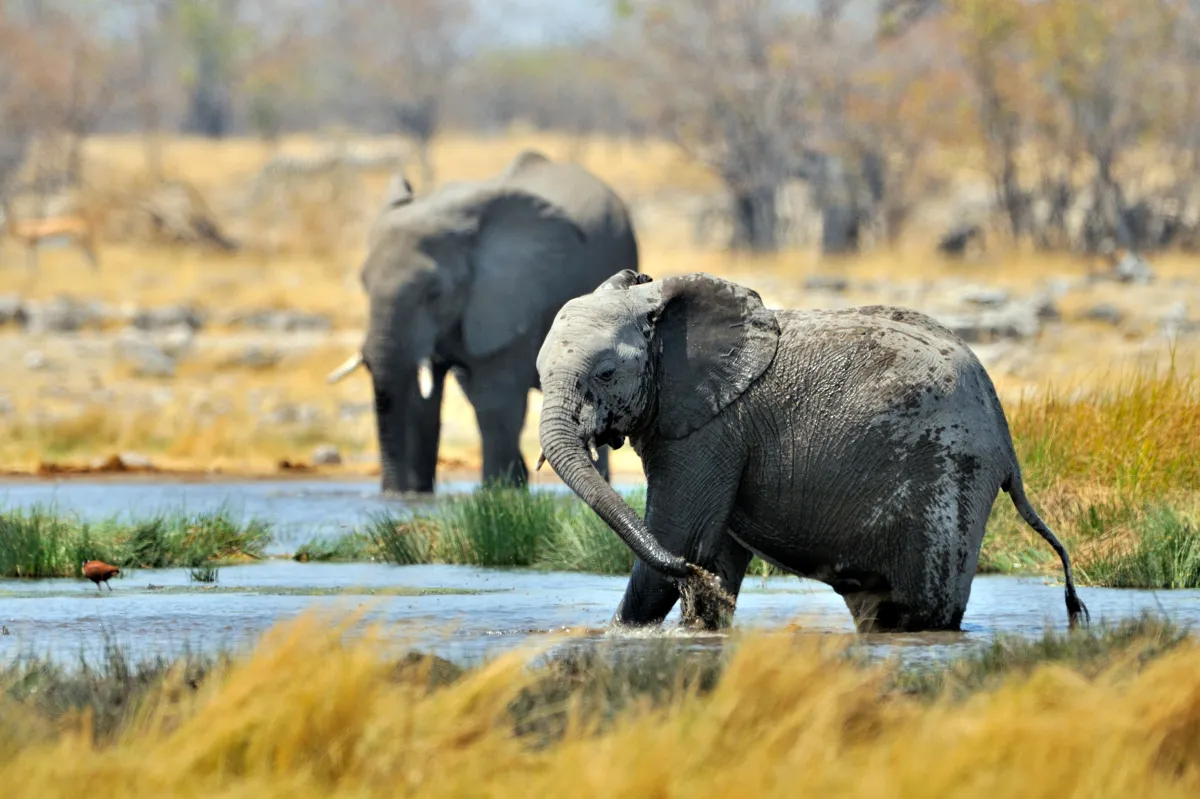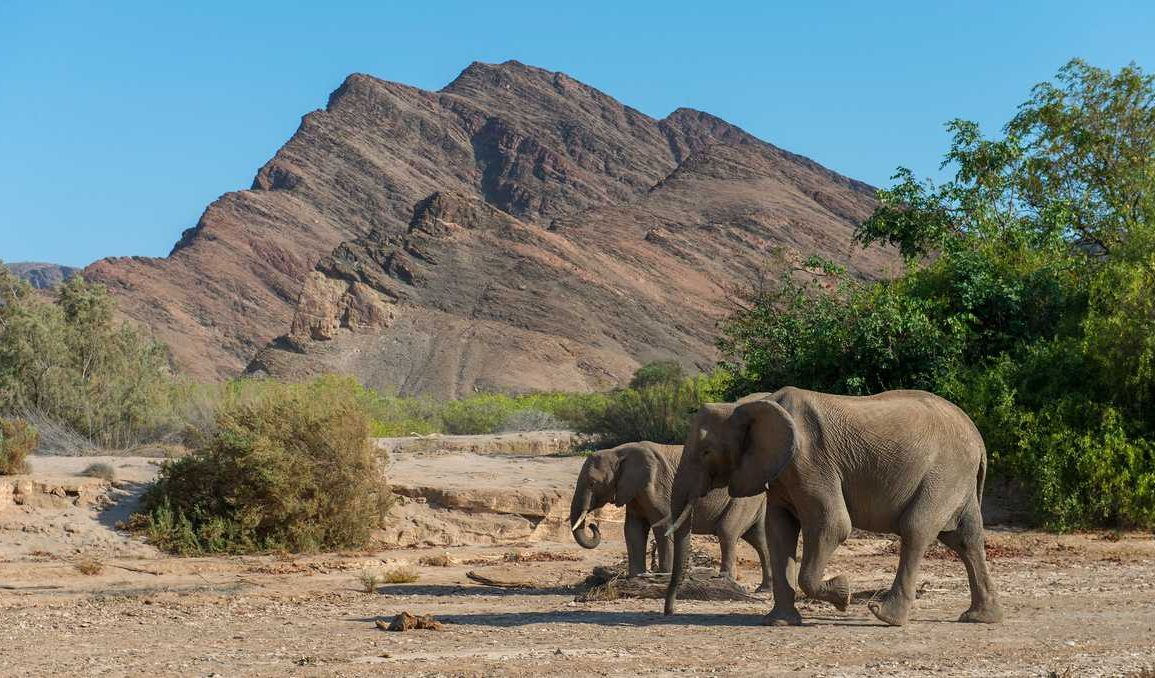Namibia is currently undertaking a significant culling operation of over 700 wild animals, including hippos and elephants, to address a severe food shortage exacerbated by an unprecedented drought. The country is facing its most extreme drought in a century, severely impacting food reserves and leading to a humanitarian crisis. With 84 percent of food reserves depleted, nearly half of Namibia’s 2.5 million people are expected to experience high levels of food insecurity during the critical lean season.
The drought, which began in October 2023, has been driven by a combination of El Niño and human-induced climate change, resulting in significantly reduced rainfall and rising temperatures. This severe weather pattern has led to acute malnutrition and an increased risk of diseases like cholera, as well as heightened violence against women and girls who must travel further for water. The ongoing drought has compounded existing challenges, including worsening human-wildlife conflicts as animals compete for scarce resources.

In response to the crisis, Namibian authorities have organized a culling of 723 animals, including 83 elephants, to provide meat for the nation’s food relief program. This culling operation involves professional hunters and safari operators and is conducted in areas where wildlife populations are deemed sustainable. The meat from these animals is intended to supplement food supplies amid the crisis. The culling aims to balance wildlife populations with available resources and mitigate increasing human-wildlife conflicts.
Namibia has faced ongoing wildlife management issues, particularly concerning its large elephant population. Rising elephant numbers have led to more frequent human-wildlife conflicts, with elephants damaging crops and property. The country, along with its Southern African neighbors, has struggled with balancing conservation efforts against the needs of local communities. Critics argue that overpopulation claims may be overstated, but governments insist that action is necessary to prevent further conflicts.
Historically, Namibia and neighboring countries have attempted various solutions to manage elephant populations, including trophy hunting and selling elephants to private entities. These measures have often faced backlash from animal rights groups and international critics. Namibia’s recent attempt to auction off elephants in 2021 and Botswana’s controversial plans to export elephants highlight the ongoing tension between wildlife conservation and human-wildlife conflict management.

